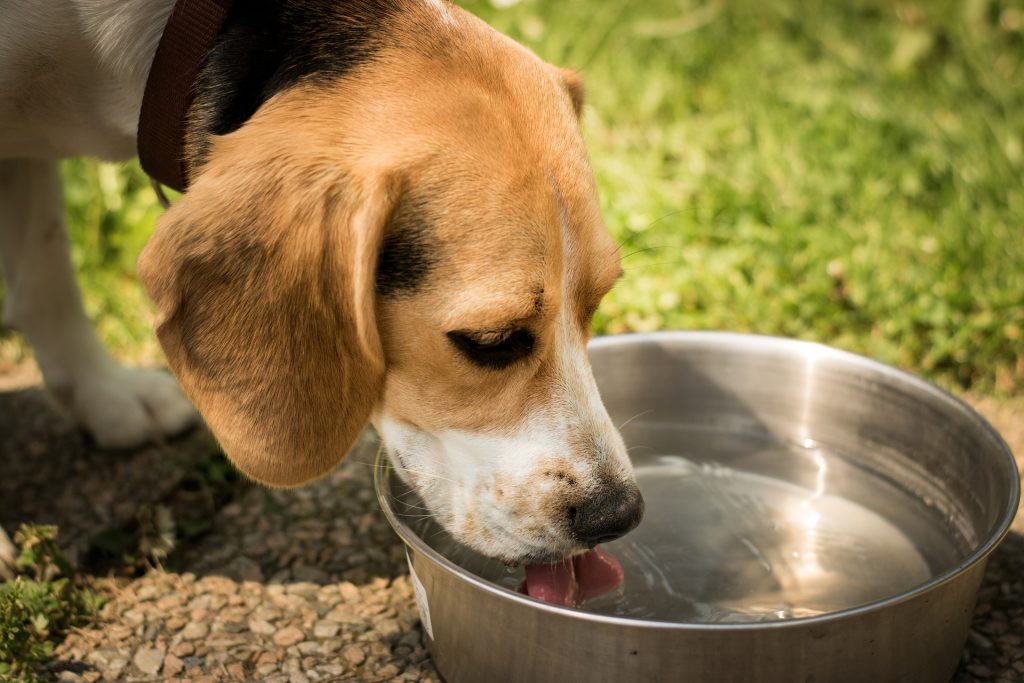Diabetes in dogs
18/12/2020
Have you noticed any of these symptoms in your dog?
- Thirst & increased weeing
- Unexplained weight loss
- Lethargy or low energy
- Not eating
- Cataracts or loss of sight
- Reoccurring infections (skin or urinary tract)
These are all the symptoms that a dog with diabetes can have. There can be a number of other reasons, of course, for your dog behaving differently so it’s always best to get your vet’s opinion and diagnosis. Nowadays, most dogs with diabetes can be managed at home, although there is likely to be frequent examinations, blood and urine tests as well as a need to continue monitoring your dog’s wellbeing and symptoms. Diabetes tends to affect older dogs so it is rare to find in puppies or young dogs and is often related to immune or pancreatic conditions or body condition (more common in obese or overweight dogs).
Management at home tends to mean daily injections and blood glucose monitoring but most dogs will become very tolerant over time and with the right technique! They will need a special diet and exercise regime to keep them healthy and in good condition. Their diet needs to have extra fibre (preferably insoluble fibre from grains or vegetables) to slow carbohydrate breakdown and prevent sudden rises in blood glucose. Making sure all foods and treats have no added sugars and are lower in fat to prevent weight gain is also important to keeping dogs with diabetes stable and in good condition.
Finding out your dog has diabetes can be a bit of a shock, but dogs can adapt well to the changes and continue to have a long happy life with you.



